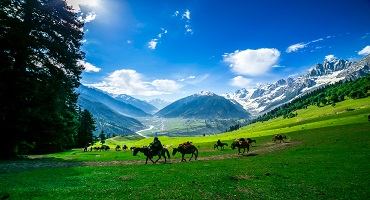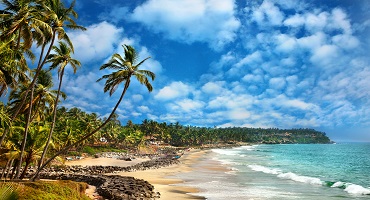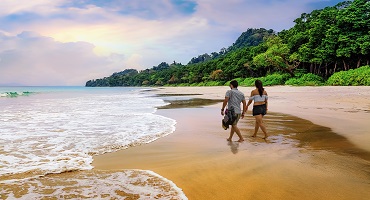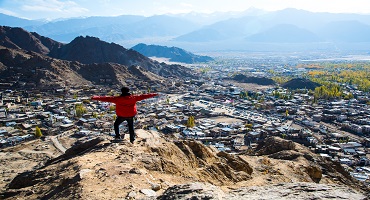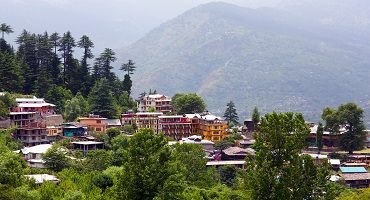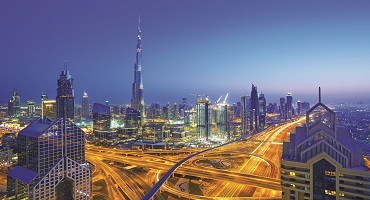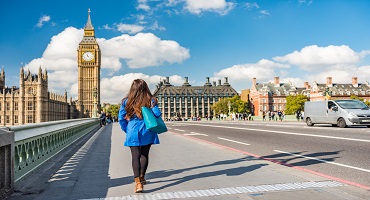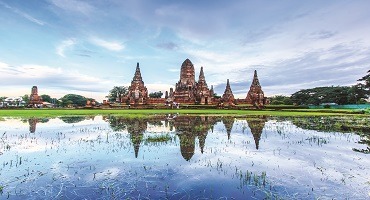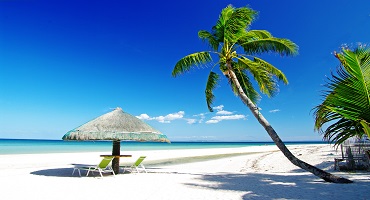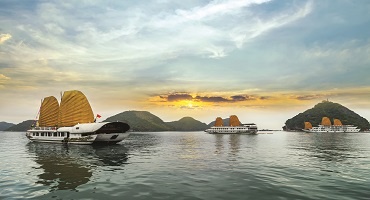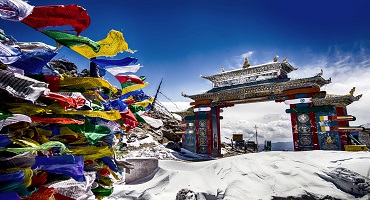The allure of nature is strong. Ranthambore draws in millions with its promise of adventure, thrill, excitement, intrigue and beauty. What better place to experience the call of the wild, than Ranthambore National Park? A former hunting ground for the Maharajas of Jaipur, today the park is considered to be the biggest and most renowned national park in northern India, not to mention, one of the most significant wildlife tourist attractions. Watching the regal tiger in its natural habitat is something most wildlife photographers and animal lovers yearn for!
If you’re planning your trip to this exhilarating region, it’s time for you to think about the best time to visit Ranthambore. The first step is identifying your unique requirements, followed by looking into the seasons. This destination experiences three distinct seasons – winter, summer and monsoon. We’d recommend the former two - winter and summer over the latter for many reasons which are illustrated below.
Read further to know about the temperature, weather, significance and tips for each distinct period.
Take a look!
Peak Season – October to March
Shoulder Season – April to June
Off Season – July to September
|
Travel Seasons
|
Min/Max Temperature
|
Season
|
|
April to June
|
25-41°C
|
Summer - Hot and dry
|
|
July to September
|
25-34°C
|
Monsoon - Humid with high rainfall
|
|
October to March
|
10-34°C
|
Winter – Cold and windy
|
Ranthambore in Summer (April to June)
Temperature – The air temperature during summer fluctuates between 25°C and 41°C.
Weather – The weather of Ranthambore in summer stays true to any other destination in Rajasthan. It is extremely hot and dry. As the area falls prey to the piercing gaze of the sun, the climate ascends to scorching levels that sometimes exceeds the 40-degree range. As such, this may not be the best climate to visit Ranthambore in. However, summer silver linings come in the form of the ability to spot tigers! So, if you’re not too keen on the weather, think about the species of animals you can glimpse.
Significance – The season of summer has many tricks up its sleeves. Not only summer is a great time to spot a variety of prowling species – Tiger, Leopard, Deer, Chital, Jungle Cat, Striped Hyena and Sloth Bear, it is also an opportunity to watch them quench their thirst at watering holes. To add to your itineraries, you can explore the many enriching local attractions such as Kuwalji Temple, Kala Gaura Bhairav Temple and Sawai Madhopur City.
Why you should visit now – Observing the wild animals, as they go in search of sustenance, is one of the most unique sights! Summer is the season that forces these fascinating species to come out of their hideouts. No other time will provide you with such a profound and beautiful natural phenomenon.
Things to know before the visit – Safaris during this season are scheduled at 6:00 am to 9:30 am and 3:00 pm to 6:30 pm/3:00 pm to 7:00 pm. Because morning safaris begin an hour after sunrise and evening safaris end an hour before sunset, timings could change every two months. Hotels, resorts and tour packages might be a little more affordable at this time.
Tips – While on safaris and tours, carry a scarf or a hat to protect your head from the blistering heat. Apply SPF+30 sunscreen and mosquito repellent. To avoid the direct rays of the sun, wear loose, full-sleeved cotton clothing. Make sure you stay hydrated through the day, which means having a 1-litre water bottle handy. Eat well, but don’t overeat as excursions can be bumpy. Ensure you get a good night’s rest! Lastly, adhere to all the rules of the safari religiously.
Ranthambore in Monsoon (July to September)
Temperature – The air temperature during the season of monsoon fluctuates between 25°C and 34°C.
Weather – During this season, the atmosphere is imbued with high levels of moisture and the climate is significantly more pleasing than that of summer. The showers paint the landscapes with glistening enchantment. However, there is a risk of thunderstorms occurring during this time.
Significance – Although, Ranthambore National Park is closed during the monsoon period, there are other impressive local attractions to appease your cultural appetite with. You can visit the historically rich Rajiv Gandhi Regional Museum of Natural History and a number of beautiful temples such as Ganesh Temple, Chamatkar Jain Temple and Kuwalji Temple.
Why you should visit now – Visit between summer and winter as the essence of Ranthambore lies in its animals. However, if you’d still like to travel during this time, you can be sure that the region will be drenched in monsoon beauty and wonder.
Things to know before the visit – Ranthambore National Park is closed from the 1st of July to the 30th of November. As this is probably the reason for your trip, you may want to consider the seasons of winter or summer instead. With that being said, should you still choose to go, the accommodation will be significantly more affordable.
Tips – Make sure you dress appropriately, taking into account the weather conditions. You might want to check, well in advance, if the temples and museums are open.
Have you decided as to when you’ll be visiting this thrilling destination? If yes, check out our Ranthambore holiday packages and get ready for an adventure of a lifetime!
Ranthambore in Winter (October to March)
Temperature – The air temperature during winter fluctuates between 10°C and 34°C, which may vary. While the nights sometimes fall to 2°C, the days are usually 16-20°C.
Weather – Ranthambore during winter is delightful. The atmosphere is infused with a lovely chill. The air takes on a crispness and freshness, like no other. The temperatures fall to a nippy single-digit range, thus creating the perfect ambiance of thrill and anticipation. For those of you who are not fond of the cold, this is still a pleasant time to visit. If appropriately clad, you’re guaranteed to have a brilliant time on your safaris and explorations.
Significance – Several species of migratory birds come to visit the park during the winter. You will find them at Kachida Valley, that is also home to graceful panthers. Observing these animals is perhaps one of the most spectacular sights to behold. But, the most exciting thing to do is embarking on tiger safaris! Not only will you have the opportunity to spot this majestic creature, you can also spot Hyenas, Sloth Bears and Jungle Cats. The adrenaline rush you will experience is unparalleled. Other recommended sights include Ranthambore Fort, Malik Talao, Rameshwar Ghat, Ganesh Temple and Chamatkar Jain Temple.
Why you should visit now – Ranthambore National Park is open from the 1st of October to the 30th of June. As such, your visit is limited to only two seasons – winter and summer. Given that winter experiences the most conducive climate and is a great time to spot wild animals, it can be considered as the best season to visit Ranthambore in. What’s more? The abundance of flora that litters the landscape is breath taking; greens that have been refreshed by the rain is something you don’t want to miss out on!
Things to know before the visit – Late December to early January is the coldest period of the season. If you’re looking for a significantly warmer climate, plan your visit during November or February. Safaris during this season are scheduled at 6:30 am to 10:am/7: 00 am to 10:30 am and 2:30 pm to 6:00 pm/2:00 pm to 5:30 pm. Because morning safaris begin an hour after sunrise and evening safaris end an hour before sunset, timings could change every two months. Hotels, resorts and tour packages might be more expensive at this time.
Tips – It’s imperative to dress appropriately as the climate is very cold and windy. Woollens, winter jackets, mufflers, scarves, socks and shoes are what you need! Make sure you have protective innerwear such as a vest to keep your chest warm. It is also important to sleep early and have sufficient rest the night before. Lastly, follow the rules and regulations to the tee. When traversing the wild, you need to be on your best behaviour. Dress in earth tones, stay quiet and listen to your guide!

